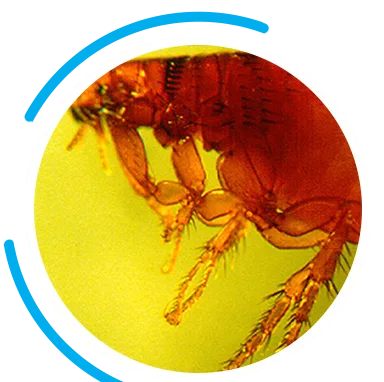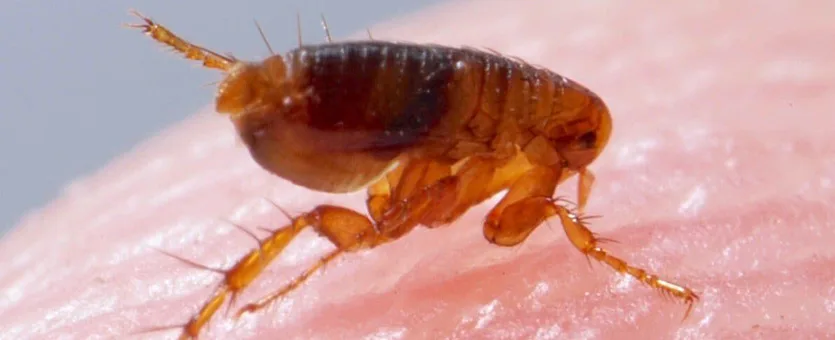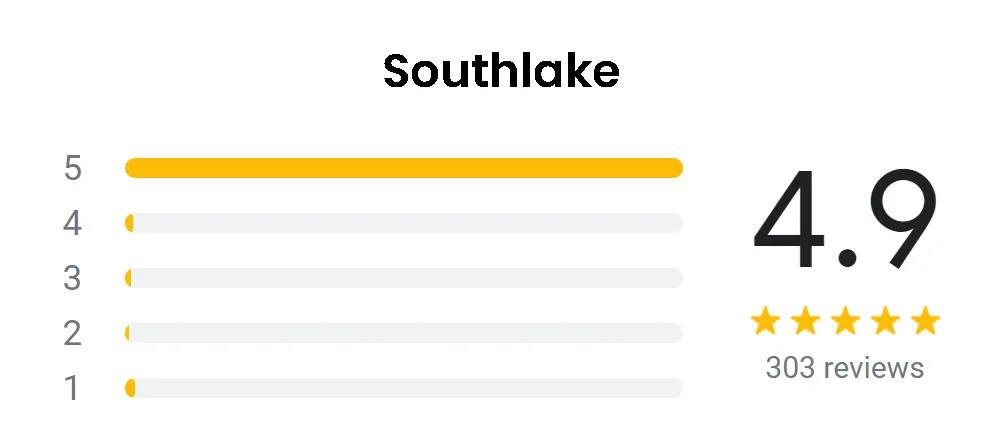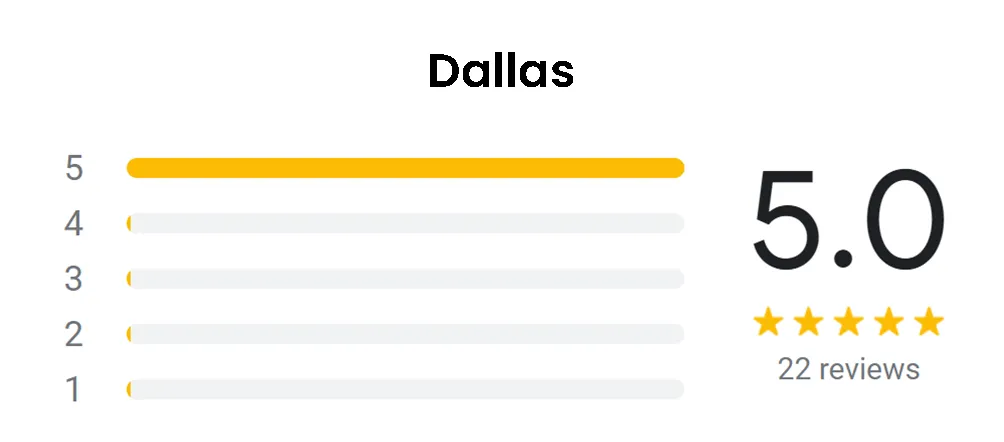Think You've Got Fleas?
We’ll get them out - Guaranteed.
Schedule your FREE inspection today!

What Are Fleas?

Physical Characteristics
Fleas are typically about 1.5 to 3.3 mm long, with a thin, flat body that allows them to move easily through an animal’s fur. Their bodies are shiny and reddish-brown in color. Fleas are wingless but possess strong hind legs designed for jumping.
Life Cycle
The flea life cycle consists of four stages: egg, larva, pupa, and adult. Adult fleas lay their eggs on their host, which often fall off into the environment. Eggs hatch into larvae, which feed on organic debris found in their surroundings, including the feces of adult fleas, which contain undigested blood. Larvae eventually spin cocoons, entering the pupal stage, from which they emerge as adults, ready to infest a host.
Habitat and Distribution
Fleas are found worldwide and can live in a wide range of habitats. They prefer warm, humid environments and are commonly found on pets, wildlife, and in human homes.
Impact on Pets and Humans
Fleas are known for causing discomfort and irritation in pets and humans. They can transmit several diseases and parasites, including the bacterium that causes bubonic plague and the parasite that causes tapeworms in cats and dogs.
Preventing and Treating Flea Infestations
Preventing flea infestations involves regular use of flea control products on pets, maintaining clean living environments, and treating all animals in a household. There are various treatments available for infested pets and homes, including topical and oral medications, shampoos, sprays, and environmental treatments.
Conclusion
Understanding fleas, their life cycle, and their impact on pets and humans is crucial for effective prevention and treatment of flea infestations. Regular preventive measures can help protect pets and households from the discomfort and health risks associated with these parasites.



































